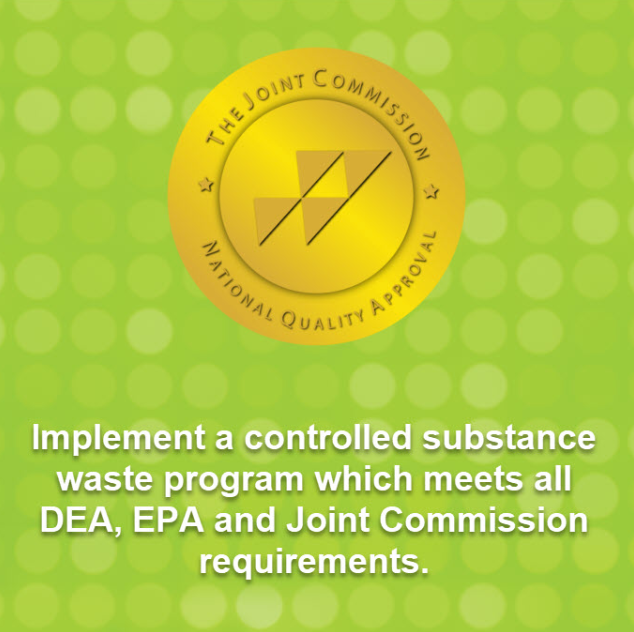
The Joint Commission is an independent, nonprofit organization that was founded in 1951 with a focus on continually improving health care for the public. The Joint Commission is the oldest and largest standards-setting, accrediting body in health care in the United States. Approximately 4,500 general, long-term acute, rehabilitation, children’s, psychiatric and specialty surgery hospitals are accredited by the Joint Commission, accounting for nearly 82% of the nation’s hospitals including critical access facilities.
Hospitals are required to achieve accreditation by the Joint Commission to receive payment from federally funded Medicaid and Medicare programs. Health care organizations must prepare for an accreditation evaluation, sustain that accreditation and continue to improve patient safety with zero harm.
The standards set by the Joint Commission are the basis for the evaluation process and are measurable to assess and improve performance. Focus is on patient care and functions of the organization which are essential to provide high-quality, safe patient care.
Drug Diversion and Impaired Health Care Workers
In Issue #48 of the Joint Commission’s Quick Safety Newsletter, focus is on the real threats and risks associated with drug diversion in hospitals, with particular interest on impaired health care workers. Drug diversion is a potential threat in any health organization with statistics from both the American Nurses Association (ANA) and the U.S. Substance Abuse and Mental Health Services Administration (SAMHSA) estimating nearly 10% of all health care workers are abusing drugs.
This puts patients at risk for exposure to infectious disease and inadequate pain relief, compounded by unsafe care due to impaired performance. Risks to organizations include a damaged reputation and costly fines, criminal and civil penalties. The hospital’s role reaches far beyond responsible prescribing practices and ED treatment of overdoses.
Managing CS Waste with Joint Commission Accreditation
Any healthcare organization where controlled substances (CS) are used should educate all staff on their CS diversion prevention program (CSDPP) and controlled substance waste program. Staff must be educated on their drug diversion and CS waste programs which should include all regulatory and legal requirements (DEA and EPA pharmaceutical waste regulations) as well as leadership oversight, surveillance, technology, monitoring and pharmacy controls.
The essential components of a CS Drug Diversion Prevention and controlled substance waste program include:
Core Administrative Elements:
-Legal and regulatory requirements
-Organization oversight and accountability
System-Level Controls:
-Technology and automation
-Human resource management
-Surveillance and monitoring
-Reporting and investigating
Provider-Level Controls:
-Security and storage
-Chain of custody
-Pharmacy internal controls
-Prescribing and administration
-Returns, CS waste and disposal
Hospital administrators have a responsibility to establish and enforce a drug diversion and prevention policy and practice safe drug disposal.
Rx Destroyer™ Provides Compliant CS Waste Disposal Solutions
Rx Destroyer™ provides safe, easy and affordable controlled substance waste program solutions and helps many hospitals, acute care, and surgical centers to maintain compliance with DEA and EPA regulations. Our convenient disposal containers make drug disposal easy with a patented formula that quickly renders the medication non-retrievable, meeting all federal regulations.
Rx Destroyer™ provides safe, easy and affordable drug disposal solutions with compliance as easy as 1-2-3. We provide on-site, seamless facility implementation and industry best practices. Contact us to learn more about implementing a Joint Commission compliant controlled substance waste program.
This post is related to:
Returns, Reverse Distribution